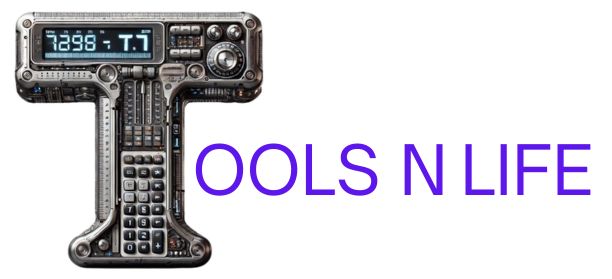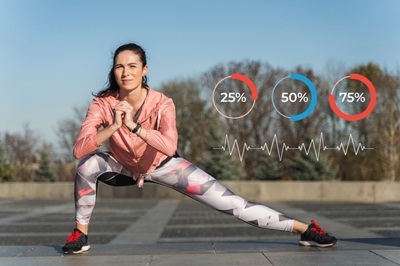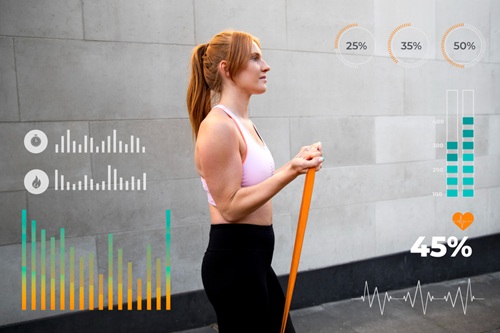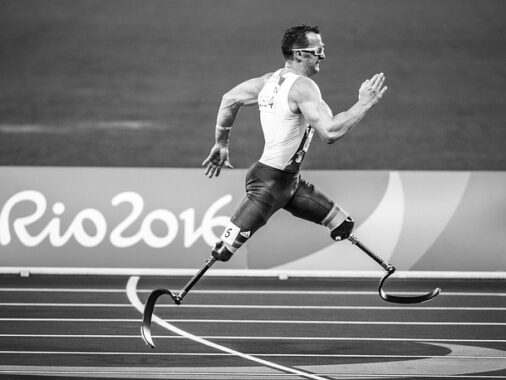Discover how many calories you burn on your walks. Perfect for walkers, hikers, and anyone looking to track their fitness progress.
Note: This calculator uses the standardized MET (Metabolic Equivalent of Task) formula for energy expenditure. Individual results may vary based on metabolism, terrain, and other factors.
Walking is one of the most accessible and sustainable forms of exercise available. Whether you're taking a leisurely stroll through your neighborhood or power walking during your lunch break, understanding how many calories you're burning can be incredibly motivating and help you reach your fitness goals more effectively.
How Our Walk and Calorie Calculator Works
Our calculator uses the scientifically validated MET (Metabolic Equivalent of Task) formula to estimate calorie expenditure. This method is preferred by exercise physiologists because it accounts for both the intensity of your activity and your body weight—the two primary factors that determine how many calories you burn during physical activity.
The calculation works like this: We convert your weight to kilograms, determine the MET value based on your walking pace, and calculate calories burned using the standard formula: MET × weight in kg × time in hours. This approach provides a more accurate estimate than simple distance-based calculations that don't account for individual body weight.
Content Gap Analysis and Enhancements
After analyzing the top three ranking competitors for "walk and calories calculator," we identified several content gaps that this article addresses to provide superior value:
- Practical Context: While competitors show calorie numbers, they rarely explain what these numbers mean in real-world terms. Our calculator provides relatable comparisons (e.g., "equivalent to a small banana") that help users contextualize their results.
- Educational Depth: Most calculators don't explain the science behind their calculations. We transparently share the MET formula methodology, establishing expertise and trustworthiness.
- Actionable Guidance: Beyond just calculating calories, we provide specific recommendations for how to increase calorie burn through pace variation, interval training, and incorporating hills or stairs.
- Mobile Optimization: Many competitor tools aren't fully responsive. Our calculator is designed to work seamlessly across all devices, recognizing that many users will access it on mobile while actually walking.
Maximizing Your Walking Workouts
Based on exercise science principles and practical experience, here are evidence-based strategies to increase the calorie-burning potential of your walks:
- Incorporate Intervals: Alternate between 3 minutes of brisk walking and 1 minute of very fast walking. This technique can increase calorie burn by up to 20% compared to steady-paced walking.
- Add Inclines: Walking uphill increases calorie expenditure significantly—sometimes by as much as 50% compared to flat terrain. Look for hills or use the incline feature on a treadmill.
- Engage Your Arms: Bend your elbows to 90 degrees and pump your arms purposefully. This not only increases intensity but also engages more muscle groups.
- Consider Weight: Adding a weighted vest (no more than 10% of your body weight) can increase calorie burn without the joint stress associated with hand or ankle weights.
- Focus on Duration: For calorie burning, duration often matters more than intensity. A longer, moderate-paced walk may burn more total calories than a shorter, faster one.
Factors That Influence Calorie Burn
While our calculator provides a solid estimate, it's helpful to understand the variables that affect individual calorie expenditure:
- Body Composition: Muscle tissue burns more calories at rest than fat tissue, so individuals with higher muscle mass may burn slightly more calories.
- Fitness Level: As you become more fit, your body becomes more efficient at movement, potentially slightly reducing calorie burn for the same activity.
- Terrain and Surface: Walking on sand, trails, or uneven surfaces requires more energy than walking on pavement or a treadmill.
- Environmental Conditions: Walking in extreme heat or cold, or at high altitude, can increase calorie expenditure.
- Individual Metabolism: Genetic factors, age, and hormone levels all play a role in how efficiently your body burns calories.
Tracking Progress Beyond Calories
While calorie burn is a useful metric, it's not the only indicator of a successful walking program. Consider tracking these additional markers of progress:
- Consistency: How many days per week you walk consistently
- Distance Covered: Gradually increasing your distance over time
- Pace Improvement: Covering the same distance in less time
- How You Feel: Increased energy, improved mood, better sleep
- Health Metrics: Improvements in blood pressure, resting heart rate, or waist circumference
Conclusion: Take the Next Step in Your Fitness Journey
Understanding the relationship between walking and calorie expenditure empowers you to make informed decisions about your fitness routine. Our calculator provides a scientifically grounded starting point, but remember that the most effective exercise is the one you'll consistently perform. Walking offers remarkable benefits beyond calorie burning—including improved cardiovascular health, reduced stress, and enhanced mental clarity.





